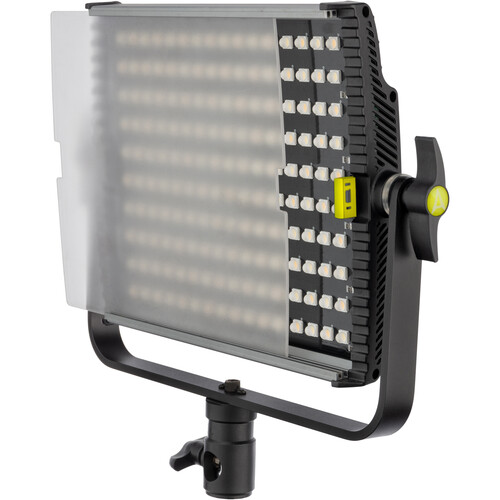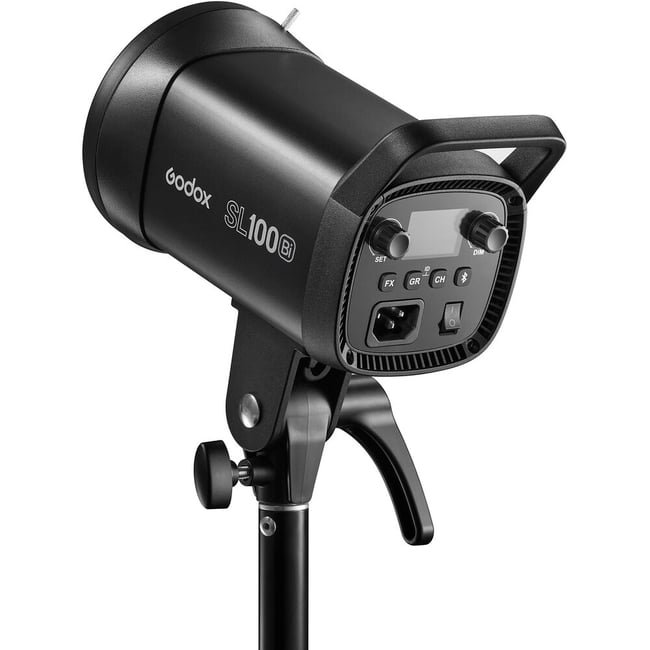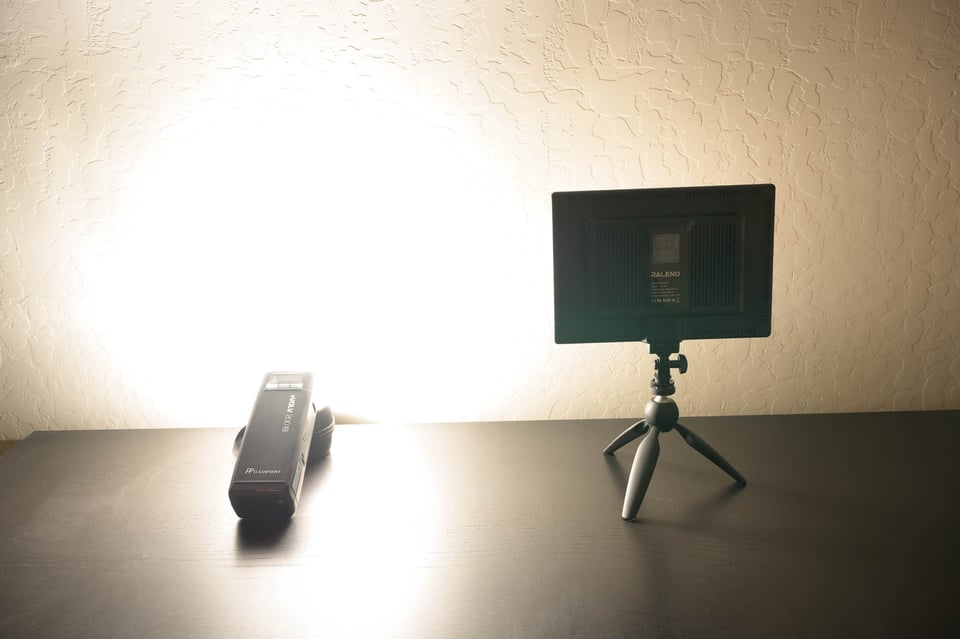الإضاءة المستمرة مقابل الإضاءة القوية للتصوير الفوتوغرافي
Continuous vs Strobe Lighting
for Photography

في أي وقت تفكر فيه في شراء معدات إضاءة جديدة، قد يكون هذا قرارًا صعبًا. هناك خيارات في عالم الإضاءة أكثر من أي مكان آخر في التصوير الفوتوغرافي تقريبًا. أحد أبسط هذه الاختيارات هو أيضًا أحد الاختيارات الأكثر أهمية: هل يجب أن تحصل على ضوء مستمر أم وميض؟
في هذا الدليل، سألقي نظرة على إيجابيات وسلبيات كل نوع من أنواع الإضاءة، وأقوم بتفصيل ما يجب البحث عنه عند شرائها، وفحص ما إذا كان المستمر أو الوامض هو الأنسب لمكانة التصوير الفوتوغرافي الخاصة بك.

Any time you consider buying new lighting equipment, it can be a daunting decision. There are more choices in the lighting world than almost anywhere else in photography. One of the simplest such choices is also one of the most critical: should you get a continuous light or a strobe?
In this guide, I’ll take a look at the pros and cons of each type of light, break down what to look for when buying them, and examine whether continuous or strobe is a better fit for your photographic niche.
Continuous vs Strobe Lighting
for Photography

في أي وقت تفكر فيه في شراء معدات إضاءة جديدة، قد يكون هذا قرارًا صعبًا. هناك خيارات في عالم الإضاءة أكثر من أي مكان آخر في التصوير الفوتوغرافي تقريبًا. أحد أبسط هذه الاختيارات هو أيضًا أحد الاختيارات الأكثر أهمية: هل يجب أن تحصل على ضوء مستمر أم وميض؟
في هذا الدليل، سألقي نظرة على إيجابيات وسلبيات كل نوع من أنواع الإضاءة، وأقوم بتفصيل ما يجب البحث عنه عند شرائها، وفحص ما إذا كان المستمر أو الوامض هو الأنسب لمكانة التصوير الفوتوغرافي الخاصة بك.

Any time you consider buying new lighting equipment, it can be a daunting decision. There are more choices in the lighting world than almost anywhere else in photography. One of the simplest such choices is also one of the most critical: should you get a continuous light or a strobe?
In this guide, I’ll take a look at the pros and cons of each type of light, break down what to look for when buying them, and examine whether continuous or strobe is a better fit for your photographic niche.








تعليق